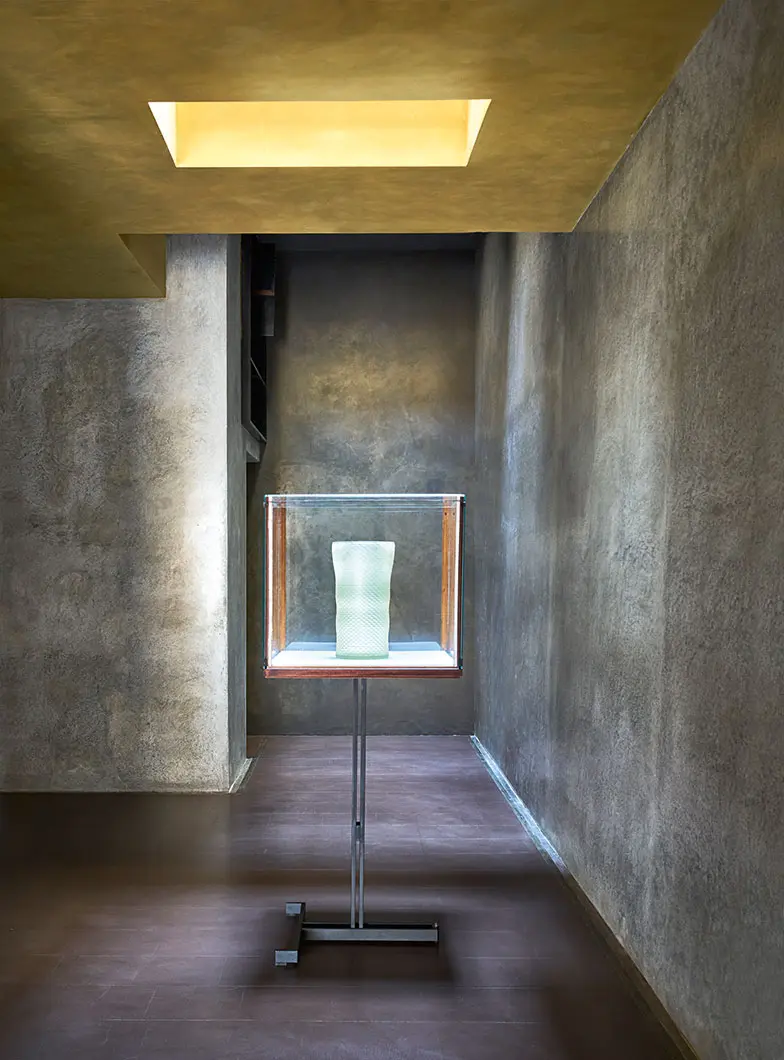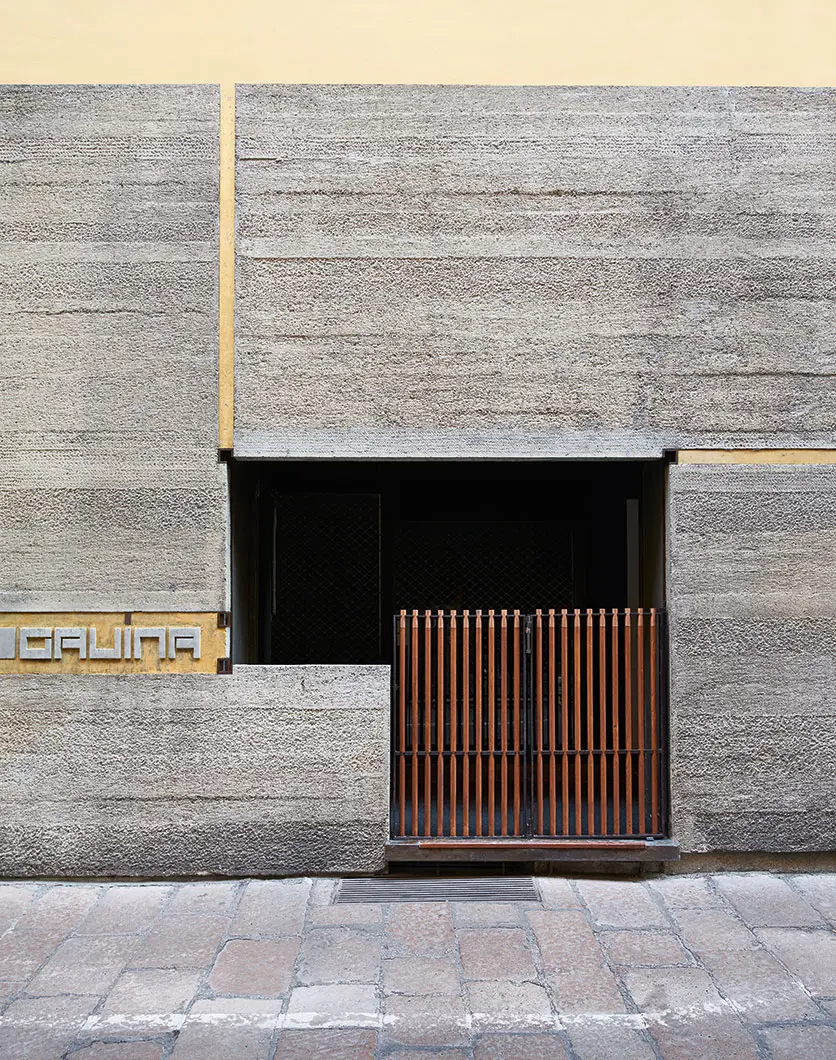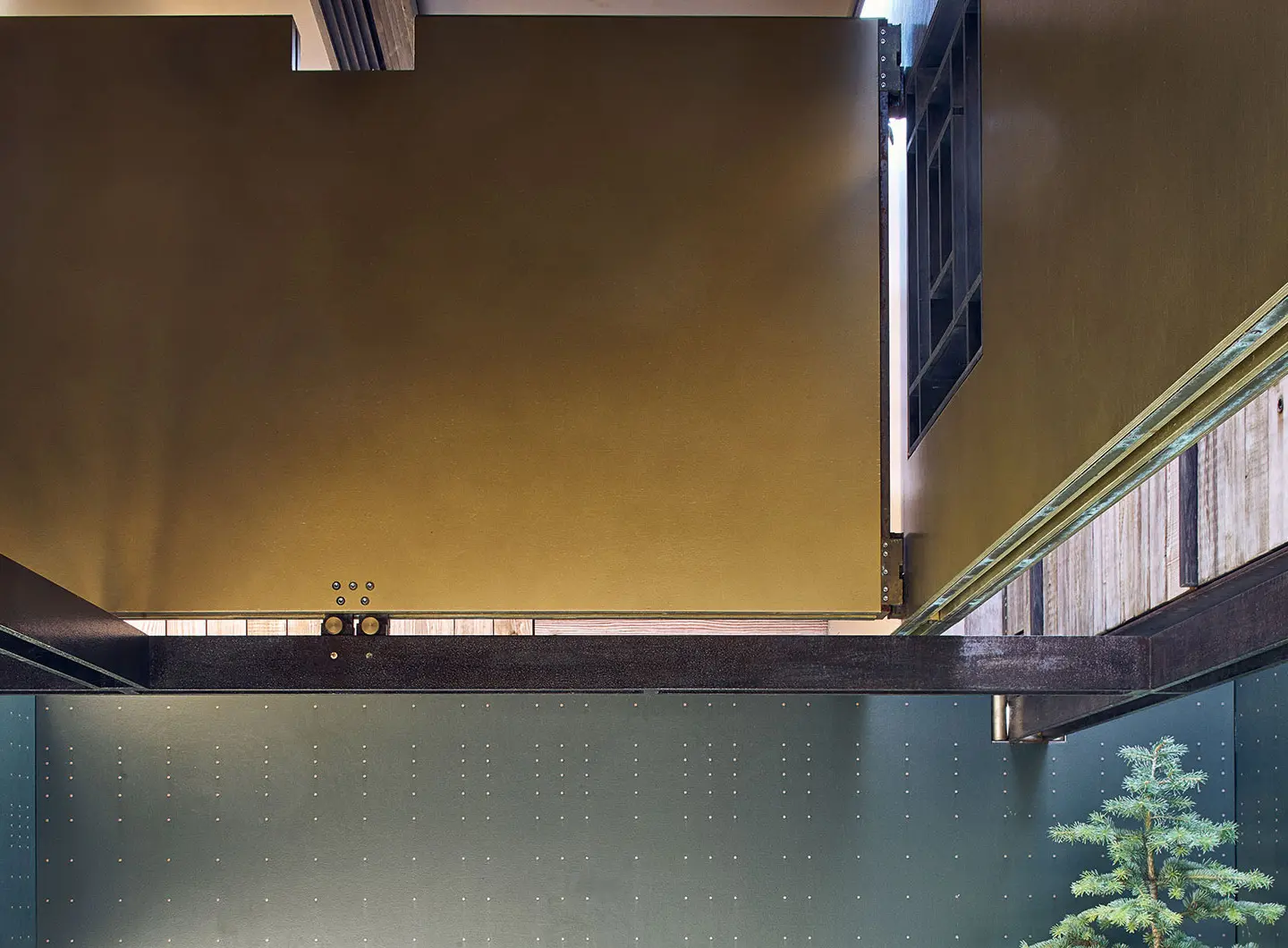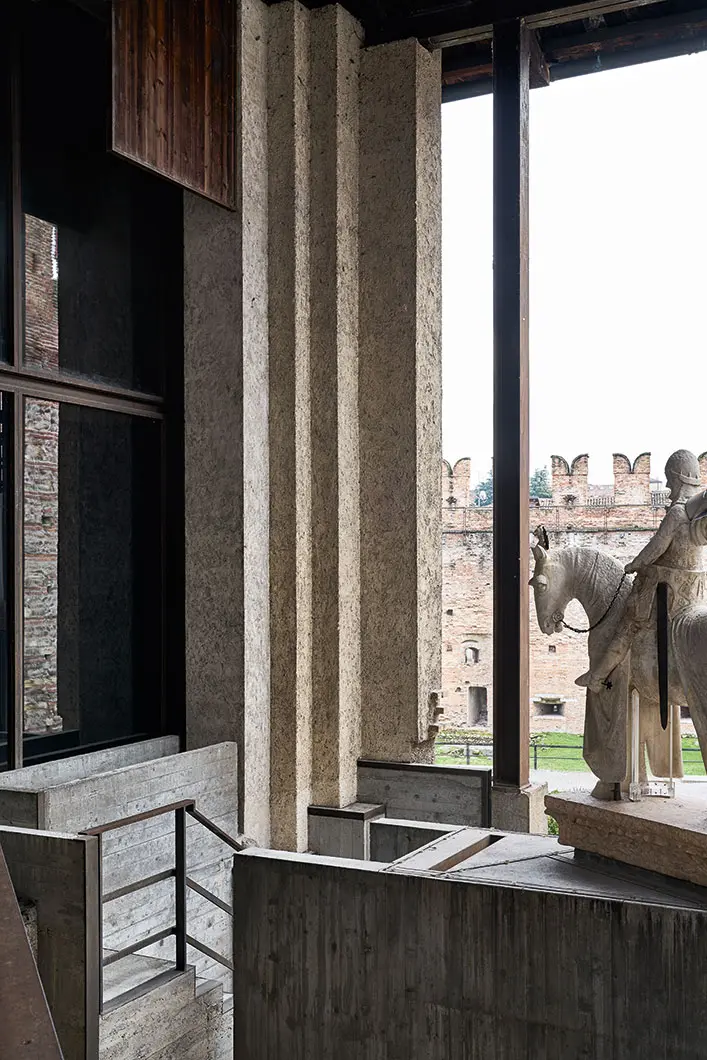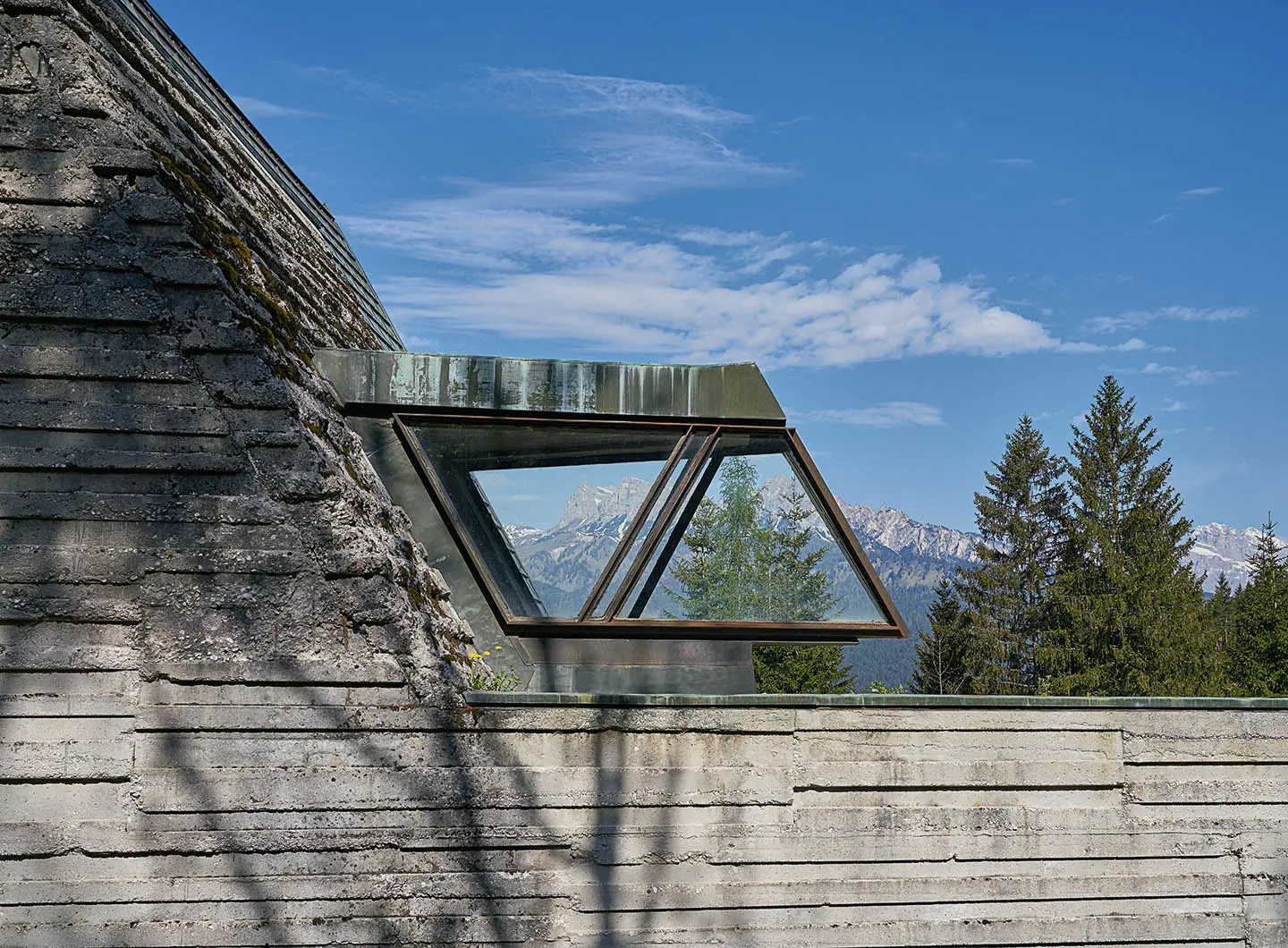From BIG to David Chipperfield, Frank Gehry to Snøhetta: a world tour of the best buildings set to open in 2026
Face to face with Carlo Scarpa through Lorenzo Pennati’s unpublished images
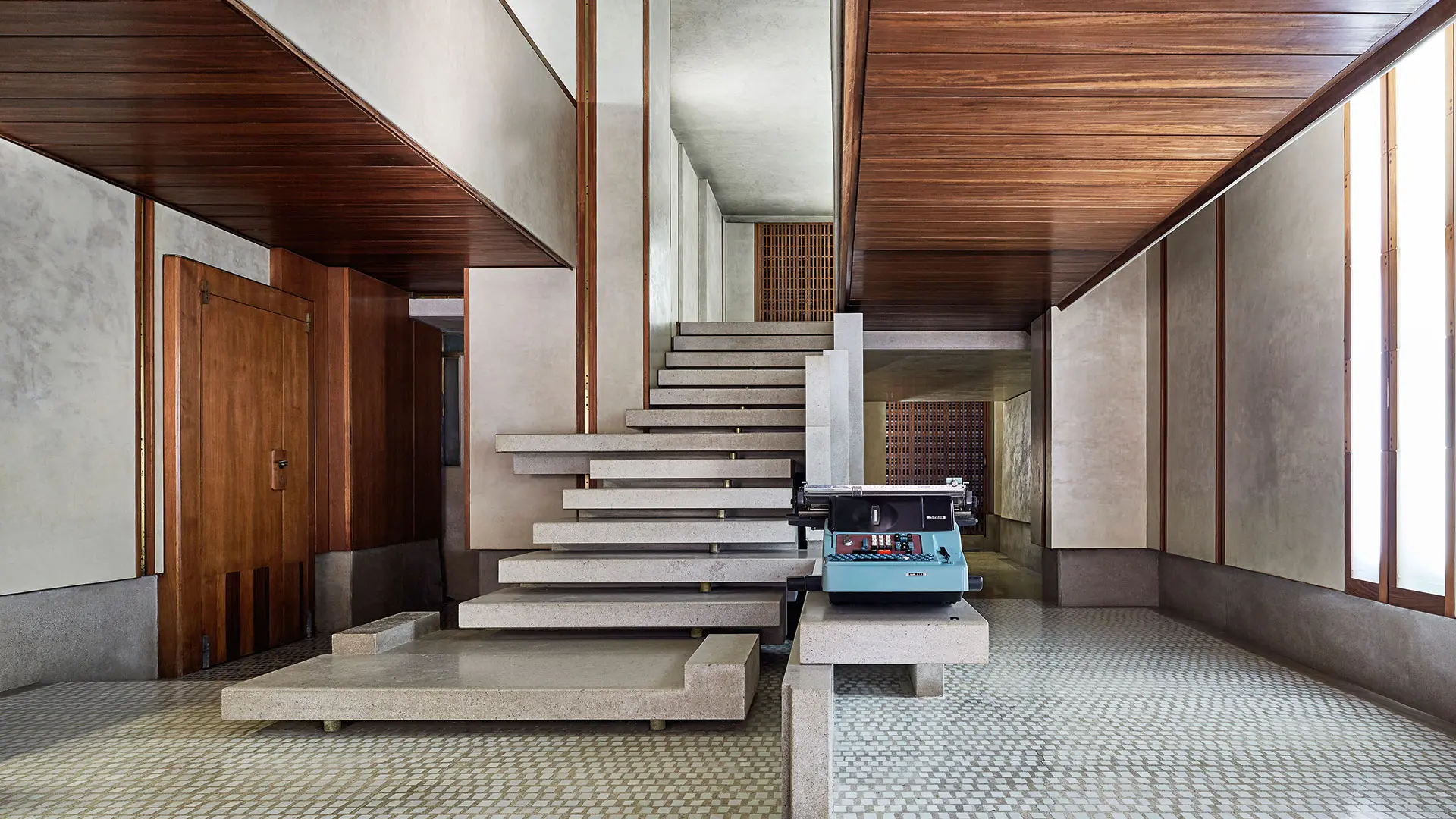
Olivetti store, Venice, The store’s ground floor and its Aurisina marble staircase
Ten buildings that seem suspended in time and history. Imaginative and exciting – and terribly contemporary. Brought back to us in this masterful new book from Rizzoli International
Carlo Scarpa needs no introduction. Born in Venice in 1906, an architect, designer, glass artist and innovator of contemporary museography, he not only produced a substantial number of impeccable works over his lifetime, he also forged a lengthy story made up of captivating chapters and special effects. Leafing through Carlo Scarpa: Beyond Matter, it is as if the acclaimed master has taken us by the hand and let us into his creative secrets in ten iconic places, in Venice, Treviso, Verona, Bologna and the Trentino. Each project – a museum, a shop, an office or a holiday village – is distinguished by the revelatory use of light, the fourth dimension, that gives shape to the volumes and character to the space, going well beyond imagination and matter, as the title suggests.
The light changes as the hours and days go by, and the buildings with it. Lorenzo Pennati, the photographer of these hitherto unpublished images waited hours and hours to capture the perfect shot, one that would show to best advantage these sculptural environments, these magical surfaces, these structures that meld with the detail to produce a perfect harmony, with alternating overall views and close-ups.
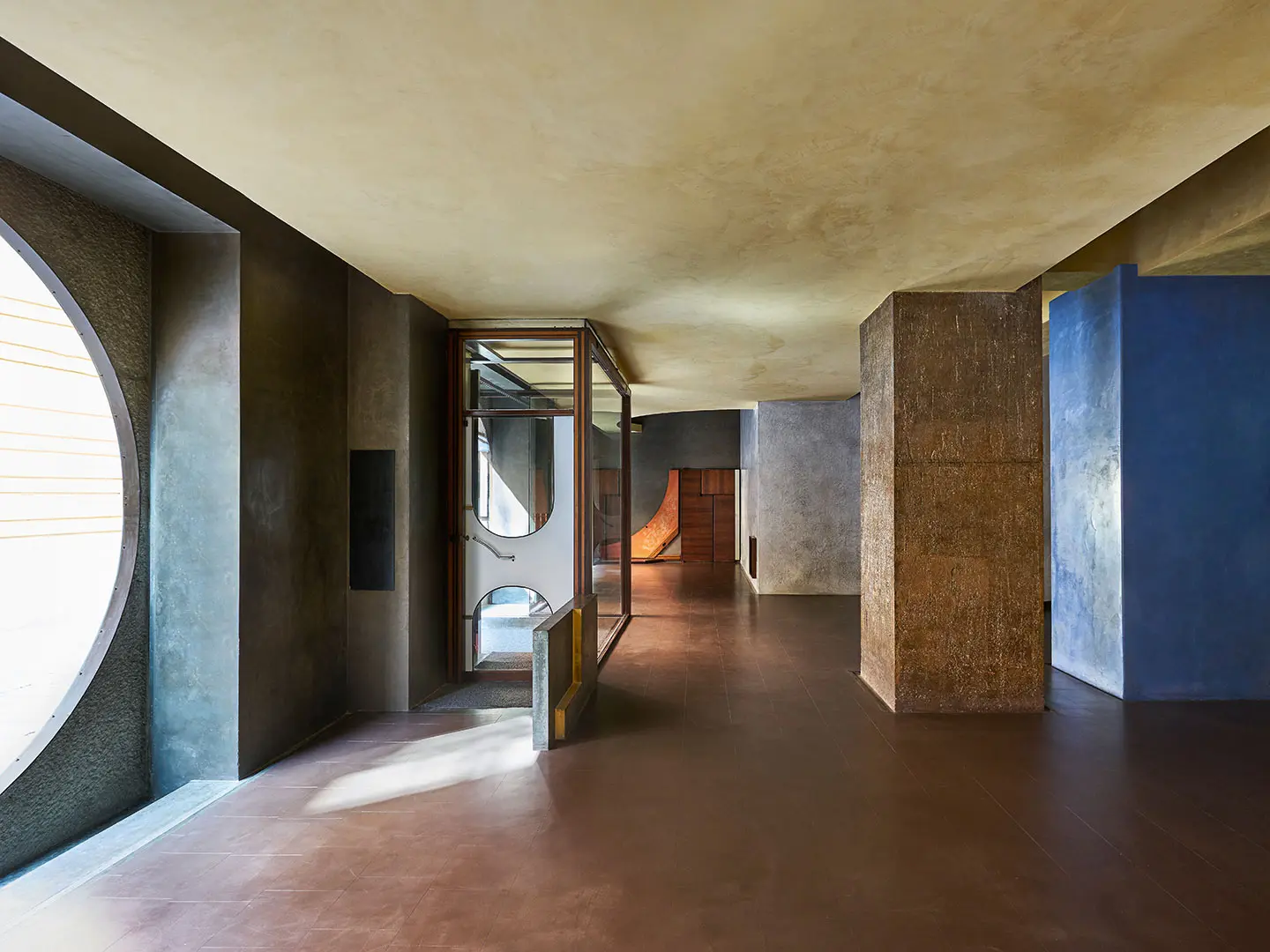
Gavina store, Bologna, General overview
This packed volume has no pretensions to being a catalogue or a critical essay – as the author Patrizia Piccinini is at pains to point out, only works open to the public were chosen, in the hope that one day everyone would have a chance to experience the same emotions for themselves. They include the Aula Mario Baratto at the Ca’ Foscari University, the Biennale, the Olivetti showroom and the Querini Stampalia Foundation, all in Venice, the Gipsoteca Canoviana in Possagno; the Eni Nostra Signora del Cadore Village in Borca di Cadore and, in Verona, the Castelvecchio Museum and the Banca Popolare di Verona.
Amongst its many wonderful things, the book includes shoots of two other masterpieces by Scarpa, both of which have been recently restored. In Bologna, the Gavina furnishing shop, which dates from 1963, was first an ironmongery and then a cutting-edge design showroom that has gone down in history. It then became home to a toy shop between 1997 and 2016, before being put up for sale and lying unoccupied for three years. It was totally restored by the architect Elisabetta Bertozzi under the aegis of the Heritage Department and in 1997 – at the request of Tobia Scarpa, was recognised as being of significant artistic interest under a Ministry for Cultural Heritage and Activities decree – it was immortalised immediately post-restoration (and to mark the occasion, was turned for one day only into a furniture showroom displaying one-off, original vintage pieces) before its imminent new destination, which was to partly hide the original installation.
Near Treviso, in San Vito di Altivole, stands the iconic Brion tomb, created for the founder of Brionvega and his wife and brought back to its original state a few months ago by Guido Pietropoli, Scarpa’s pupil and erstwhile partner, who had concluded the works with Studio Porcinai and Carlo Maschietto following Scarpa’s sudden death in 1978. It is a building redolent with meaning, offering infinite insights into life and creativity, that go far beyond the architecture itself, exciting, conjuring up thousands of different sensations in the heart and in the mind.
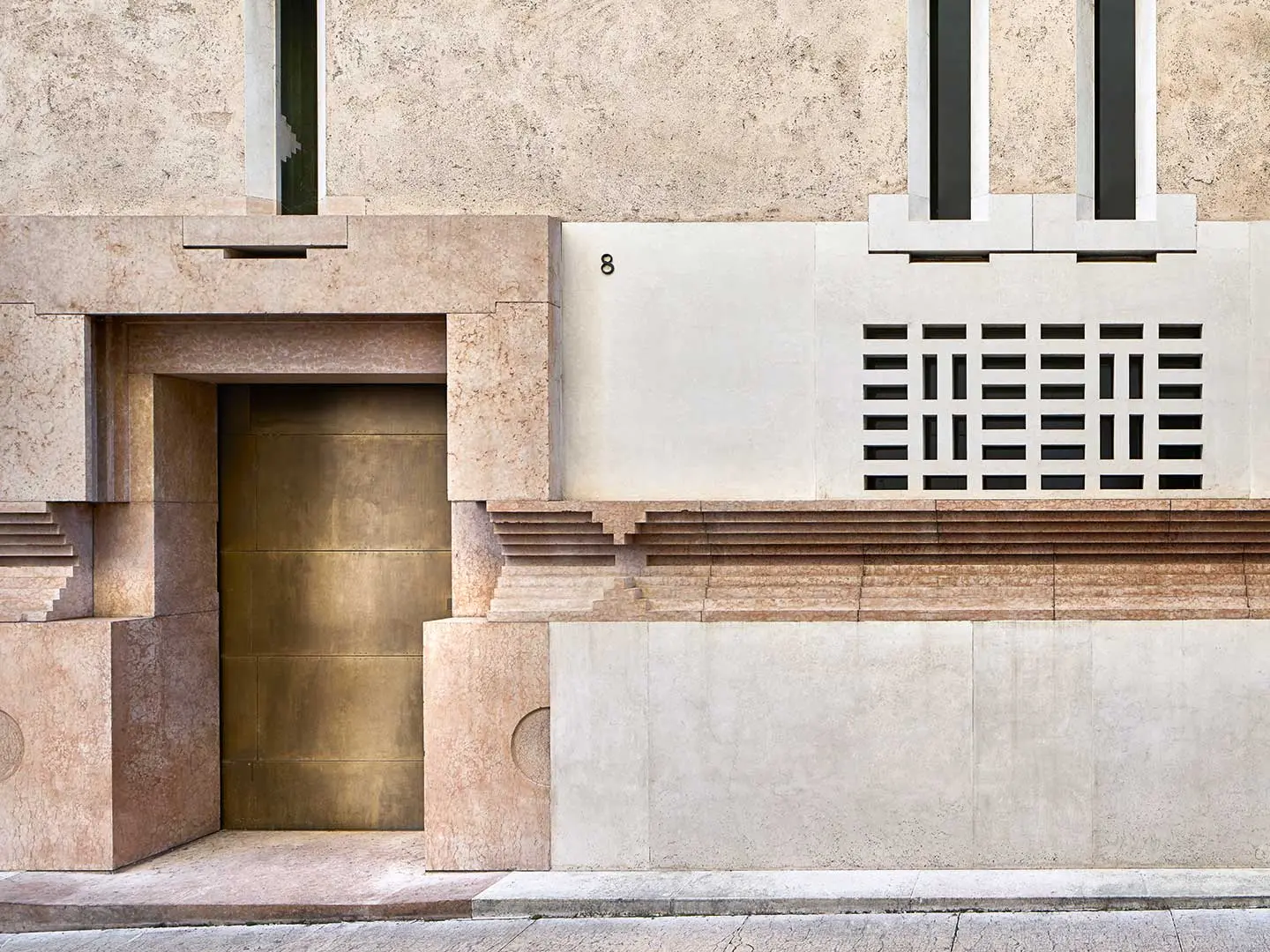
Gavina store, Bologna
All the works possess rare powers of expression, transcending the bounds of time, as described in the presentation of one of his fundamental works, the Olivetti showroom, now entrusted to FAI, the Italian National Trust - everything is in the right place and each little detail becomes poetic in its own right. The composition is harmonious, a matchless fusion of past and present. As Scarpa himself said: “The only way to respect the past is to be authentically contemporary.”
The pages unfold in an ongoing tale of wonder that comes alive and takes shape through the volumes and the rhythm bestowed by the light on the powerful material and the poetry of the shapes, even on the tiniest details. The book ends with an unpublished postscript by Tobia Scarpa, his son and also an architect and designer, currently involved with setting up the Scarpa Museum, Cà Scarpa, in the Church of Santa Maria Nova in Treviso. The 13th century complex has lain abandoned for decades, and is now being brought back to life to tell a new and completely different story. The story of a family. Artists and men. A father and a son, keen to do justice to his memory.
Title: Carlo Scarpa: Beyond Matter
Author: Patrizia Piccinini
Photos: Lorenzo Pennati
Published by: Rizzoli International
Published: 2021
Pages: 224


 Stories
Stories
